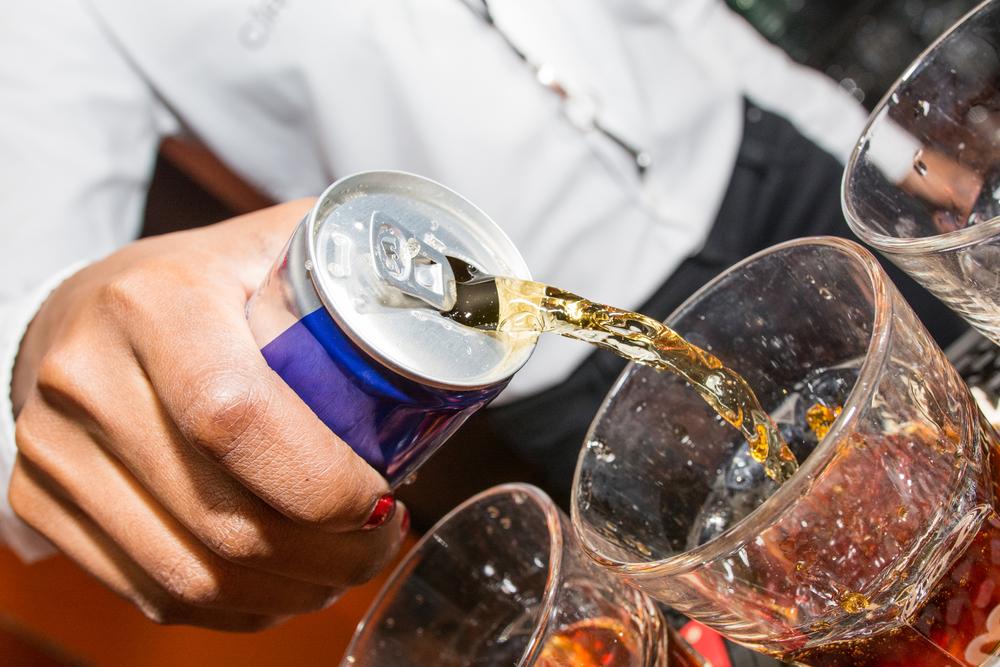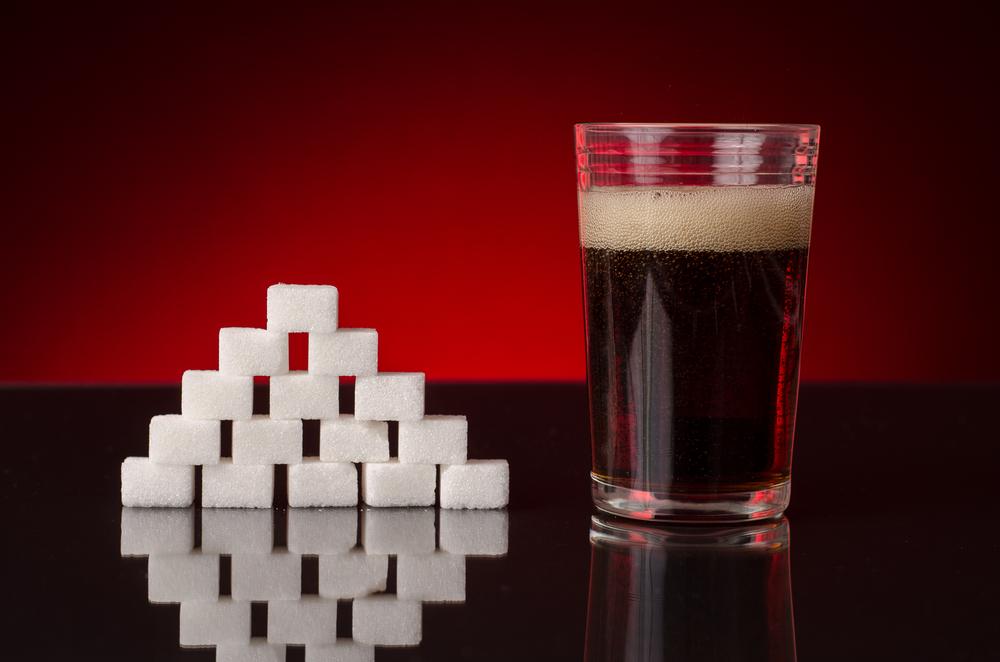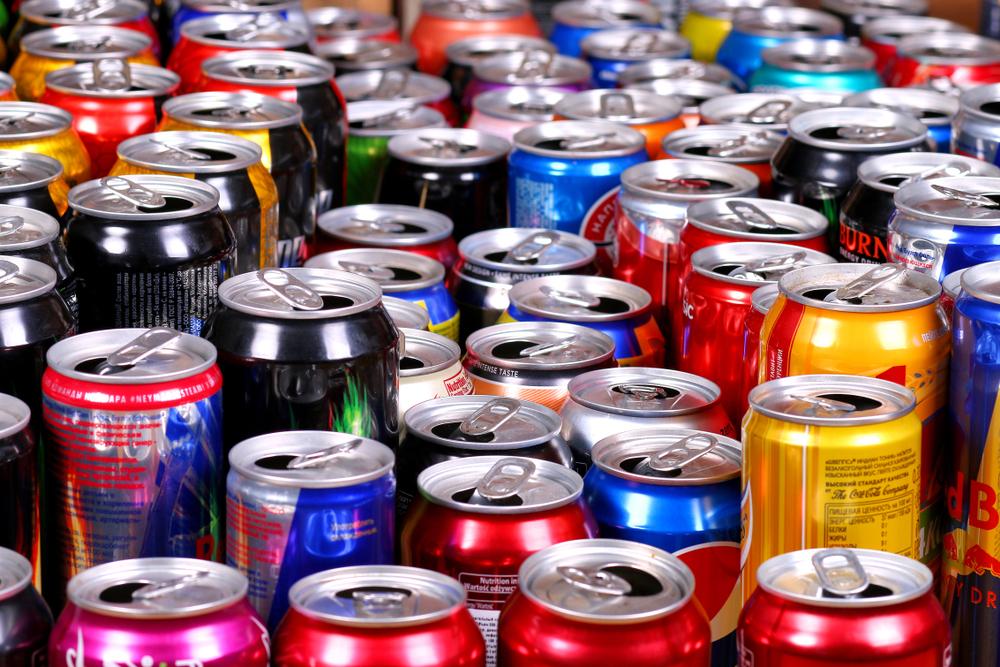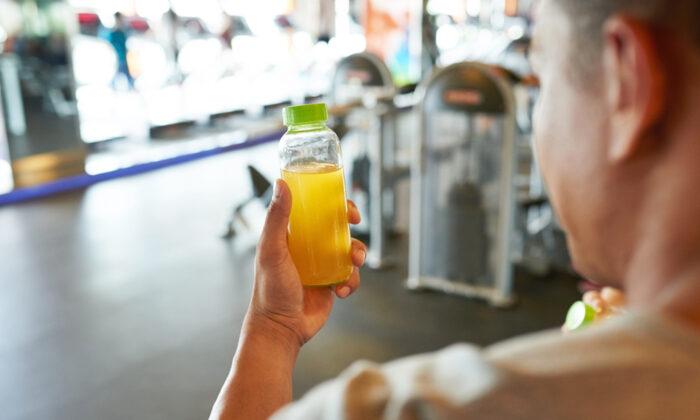WARNING: THIS ARTICLE INCLUDES GRAPHIC CONTENT.
A teacher shared a gruesome photo of his damaged tongue on social media after his doctor suggested that high-volume energy drink consumption was to blame.
Australian teacher Dan Royals, who lives and works in Asia, said in his Facebook post that he was drinking up to six energy drinks per day in order to stay awake and alert. The teacher turned to the social-media platform warning others to stay away from the potentially harmful beverages.
Royals posted his disturbing photo to a Facebook group named “Get It Off Your Chest” in March last year. The graphic photo of Royals’s tongue extended out of his mouth showed its surface visibly eroded as a result of the sugar and harsh chemicals in energy drinks, and exacerbated by his extreme consumption.
Royals then revealed that until the day the photo was taken, he had habitually been drinking “at least” five to six cans of energy drink a day. He said he does smoke but it has “nothing to do with the eating away of” his tongue.
In his post, he made it clear that he takes care of his oral health and hygiene, but a visit to the doctor had revealed that energy drinks were still likely responsible for the flesh of his tongue being eaten away.
“So be wary, guys,” Royals warned.


“The doctor asked what my diet was like,” Royals told HuffPost, “and he pinpointed [the tongue erosion] to be from the soda base and high vitamin B levels in the drink. The particular drink I was drinking,” Royals added, “had B3, B6, and B12 in very high doses.”

Dr. Holly J. Benjamin of the University of Chicago, chair of the committee on sports medicine and fitness for the Illinois Chapter of the American Academy of Pediatrics (AAP), said in the WebMD report that the AAP “feels strongly” that youths and adolescents should be cautioned against regular consumption of energy drinks.
“The true effects and the doses that are the most dangerous are not known,” Dr. Benjamin said, “therefore it’s hard to say whether any amount of the stimulant substances are truly safe in youths or adolescents. Seizures, heart conditions, and musculoskeletal injuries related to energy drink use have been reported.”




